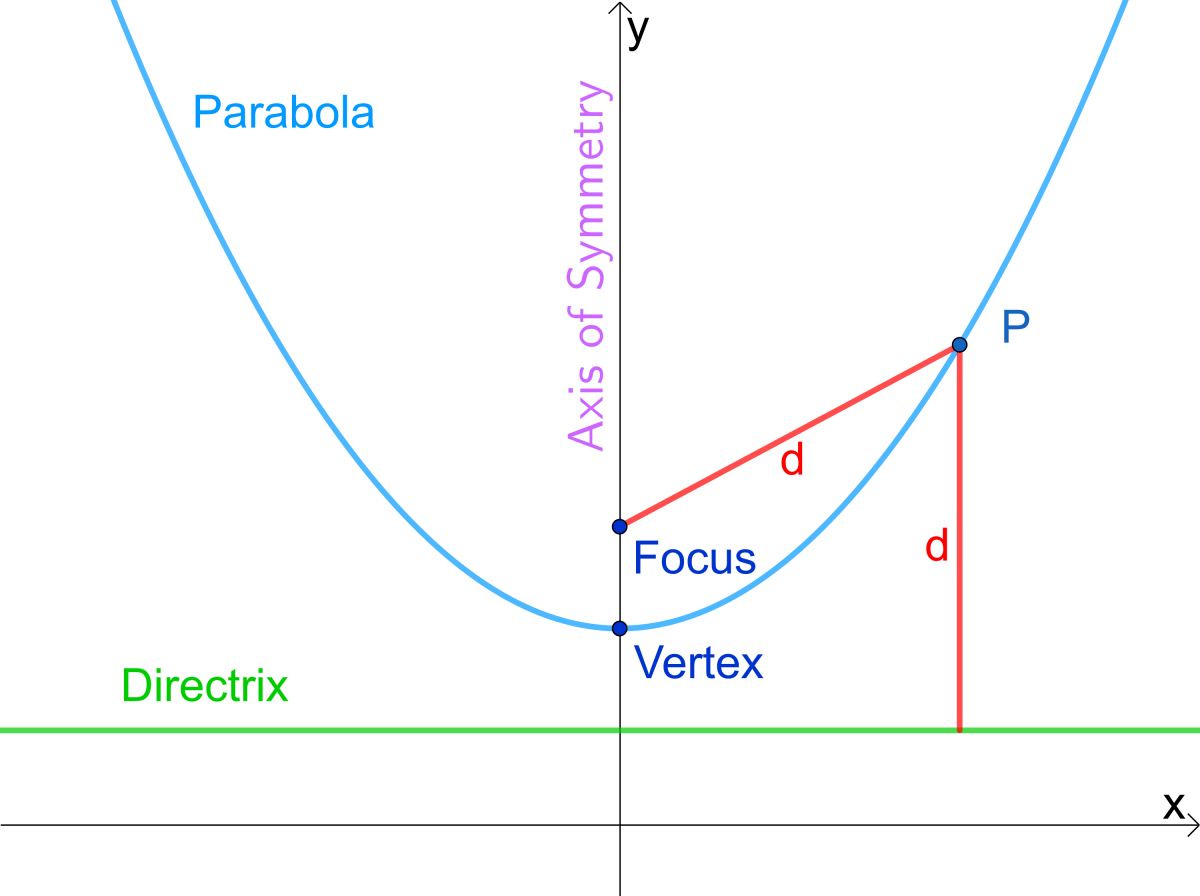Understanding the Fundamental Laws of Algebra

Algebra can feel like learning a new language, but once you know the basic rules, it starts to make sense. Among the first and most important rules you'll encounter are the laws of algebra. These laws — the commutative law, associative law, and distributive law — form the foundation for almost everything else you do in mathematics.
This article breaks down these laws in a way that’s simple to understand, with examples you can actually use when solving problems. We’ll also look at a few other basic algebraic principles that help round out the full picture.
If you're just starting out with algebra or brushing up on the basics, understanding these principles will make your work much easier.
The Commutative Law
The commutative law tells us that the order in which we add or multiply numbers doesn't affect the result.
For addition, it looks like this:
- 3 + 5 = 5 + 3
Both expressions equal 8, no matter which number comes first. The same is true for multiplication:
- 4 × 7 = 7 × 4
Both give you 28.
When you see an addition or multiplication problem, you can rearrange the numbers to make things easier. For instance, if you find it easier to add 10 + 2 rather than 2 + 10 in your head, go ahead. The commutative law guarantees you’ll get the same answer.
Important note:
The commutative law does not apply to subtraction or division.
For example:
- 9 - 5 ≠ 5 - 9
- 8 ÷ 2 ≠ 2 ÷ 8
So be careful! The order matters in those cases.
The Associative Law
The associative law is all about grouping. It says that when adding or multiplying three or more numbers, how you group them doesn’t affect the result.
Here’s an example for addition:
- (2 + 3) + 4 = 2 + (3 + 4)
Let’s check:
- (2 + 3) + 4 = 5 + 4 = 9
- 2 + (3 + 4) = 2 + 7 = 9
Same answer.
And for multiplication:
- (5 × 2) × 6 = 5 × (2 × 6)
Checking:
- (5 × 2) × 6 = 10 × 6 = 60
- 5 × (2 × 6) = 5 × 12 = 60
Again, same result.
In real math problems, rearranging how numbers are grouped can make calculations easier and faster. For example, you might spot two numbers that add to 10 or 100 — and using the associative law, you can group them first.
Caution:
Like the commutative law, the associative law only applies to addition and multiplication, not subtraction or division.
For example:
- (8 - 3) - 2 ≠ 8 - (3 - 2)
The Distributive Law
The distributive law connects multiplication and addition (or multiplication and subtraction) together.
It says that multiplying a number by a sum is the same as multiplying each part separately and then adding the results.
The formula looks like this:
- a × (b + c) = (a × b) + (a × c)
Let’s see an example:
- 3 × (4 + 5)
According to the distributive law:
- (3 × 4) + (3 × 5) = 12 + 15 = 27
Now check by working inside the parentheses first:
- 3 × 9 = 27
Same result.
The distributive law also works with subtraction:
- 2 × (6 - 1) = (2 × 6) - (2 × 1)
- 12 - 2 = 10
Or simply:
- 2 × 5 = 10
Where this becomes super useful:
- When you expand algebraic expressions (like 3(x + 2)).
- When you simplify mental math (like figuring out 7 × 99 by doing 7 × (100 - 1)).
In more advanced algebra, the distributive law is used constantly to
Other Essential Algebra Laws to Know
In addition to the three big ones, a few smaller but equally important laws are part of the basic toolkit for working with algebra.
The Identity Laws
The identity laws explain how certain numbers behave when combined with others:
- Additive Identity Law:
- Adding 0 to any number leaves it unchanged.
Example: 12 + 0 = 12
- Adding 0 to any number leaves it unchanged.
- Multiplicative Identity Law:
- Multiplying any number by 1 leaves it unchanged.
Example: 9 × 1 = 9
- Multiplying any number by 1 leaves it unchanged.
These laws might seem obvious, but they are fundamental when you start solving more complex equations.
The Inverse Laws
Inverse laws introduce the idea of "undoing" operations:
- Additive Inverse Law:
- Every number has an opposite that adds to zero.
Example:
-7 + 7 = 0
- Every number has an opposite that adds to zero.
- Multiplicative Inverse Law:
- Every number (except zero) has a reciprocal that multiplies to one.
Example:
(2/3) × (3/2) = 1
- Every number (except zero) has a reciprocal that multiplies to one.
Understanding inverses is critical later on, especially when you start solving equations by "canceling" out terms.
The Zero Property of Multiplication
This law is simple but powerful:
- Zero Property:
- Any number multiplied by 0 equals 0.
Example:
234 × 0 = 0
- Any number multiplied by 0 equals 0.
It’s a rule that might seem trivial, but it's surprisingly easy to overlook when solving more complicated expressions.
How These Laws Work Together
You might be wondering, why learn so many separate laws?
The truth is, real math problems often use several of these laws at once.
Imagine you have a problem like this:
- 2 × (3 + 5 + 7)
First, by the associative law, you know you can group (3 + 5) first or (5 + 7) first — it doesn’t matter.
Then, using the commutative law, you could rearrange the numbers inside if needed.
Finally, applying the distributive law, you can multiply 2 by each number separately:
- (2 × 3) + (2 × 5) + (2 × 7)
- 6 + 10 + 14 = 30
And throughout, you're relying on the identity and inverse properties behind the scenes without even realizing it!
Why These Laws Matter Beyond the Classroom
While it might seem like just another set of rules to memorize for a test, the truth is, the laws of algebra show up everywhere.
When calculating the total price of groceries, adjusting recipes, figuring out distances, or even budgeting expenses — you’re relying on these basic laws. They're not just "school math"; they’re life math.
Even professional fields like computer science, physics, and engineering rely heavily on these principles. Think of them as the hidden gears that make the machine of mathematics run smoothly.
The commutative, associative, and distributive laws are not just rules you memorize — they're powerful tools that make solving math problems easier and more flexible. Adding in the identity, inverse, and zero properties fills out the full set of building blocks you’ll use again and again.
Once you recognize them in action, you’ll start using them automatically — and math problems that once seemed complicated will become a lot simpler. Whether you're preparing for an algebra exam, solving real-world problems, or just strengthening your math skills, mastering these laws is an important step.
Next time you work on a problem, try to spot which law you’re using — and how it helps you find the answer faster!
References
Pre-Algebra & Algebra 1. New York: Workman Publishing Co. Inc., 2021.
Jackson, Tom (Editor). Mathematics: An Illustrated History of Numbers, New York: Shelter Harbor Press, 2012.
Kline, William E., Robert A. Oesterle, and Leroy M. Willson. Foundations of Advanced Mathematics. Second Edition. New York: American Book Company, 1965.
McCune, Sandra L. Algebra I: Review and Workbook. New York: McGraw Hill Education, 2019.
© 2025 Doug West








